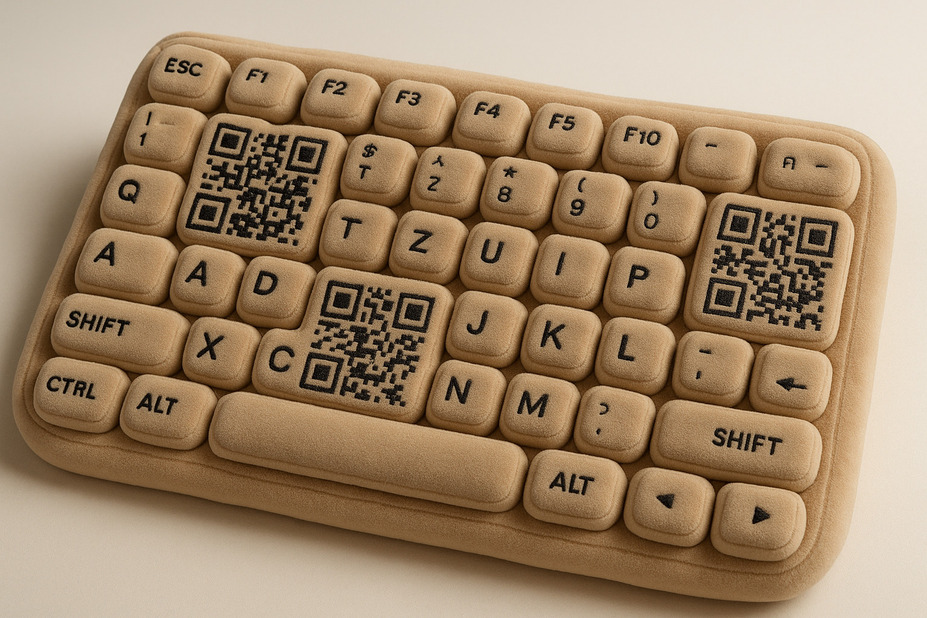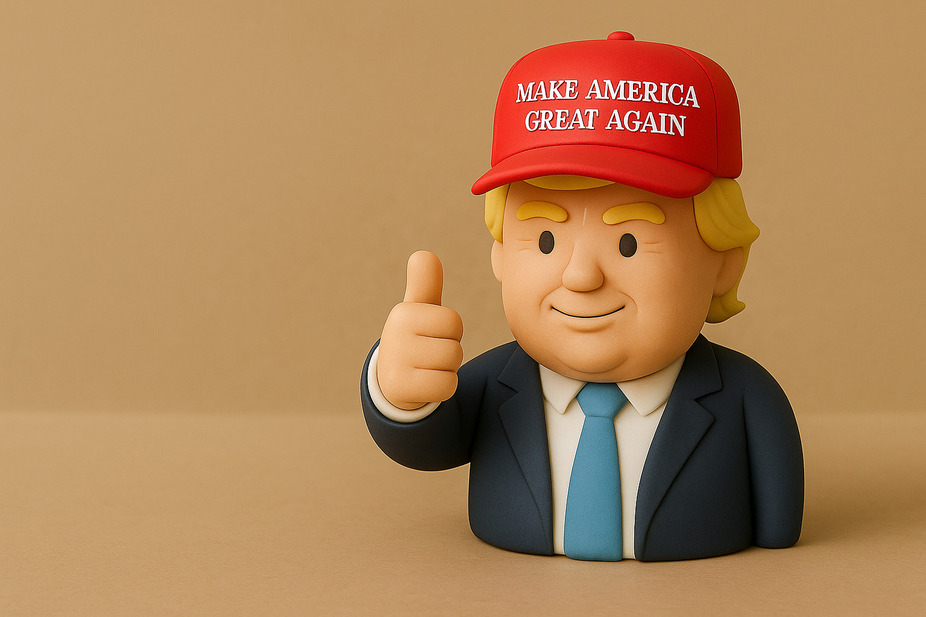Scan & send: the easy guide to crypto wallet QR codes

Introduction
QR codes are making cryptocurrency transactions simpler and safer. Forget typing out long wallet addresses – a quick scan is all it takes to send and receive crypto.
Imagine this: you want to quickly transfer cryptocurrency to another wallet. Instead of fumbling with complex strings of letters and numbers, or worrying about typos that could send your money into the void, you simply scan a QR code with your phone. Boom! Transaction complete. It’s fast, easy, and secure.
That’s the power of QR codes. A simple scan makes sending and receiving cryptocurrency as easy as sending a text message.
This guide will show you how to create your own QR code for a cryptocurrency wallet, explain why QR codes are so valuable, and describe how blockchain-based QR code generators work.
How to generate a QR code for your crypto wallet address: a step-by-step guide
Creating a QR code for your crypto wallet doesn’t require complicated math or a Ph.D. in blockchain technology. Just follow these easy steps:
- Get Your Wallet Address: You’ll need your public wallet address, the digital equivalent of your bank account number. Open your preferred cryptocurrency app (like MetaMask, IronWallet, or Trust Wallet), go to your account, and copy the wallet address – usually a long string of letters and numbers.
- Choose a QR Code Generator: Select a reliable QR code generator. QR-Code-Generator and other platforms support multiple cryptocurrencies. Be cautious of untrustworthy sites, as the security of your wallet depends on the tools you use.
- Enter Your Wallet Address: Paste your wallet address into the QR code generator. Double-check that you’ve copied/entered the wallet address correctly! A small typo can result in your funds being sent to someone else’s wallet, and you won’t be able to recover them!
- Customize (Optional): Want to personalize your QR code? Many platforms allow customization, such as adding bright colors or a logo to make it unique. However, avoid overly complex designs that can be difficult for scanners to read.
- Generate the QR Code: Click the “Generate QR Code” button, and you’re done! Your QR code is ready: a small square filled with black and white patterns, a simple solution for your transactions.
- Download or Share: Save the QR code as an image on your phone or computer, or print it offline. Post it on your website, share it on social media, or use it to receive transactions from friends.
Tip: Before using a QR code for large transactions, test it with a small transfer. It’s better to be safe than sorry, especially when dealing with cryptocurrency.
QR code generators: a quick comparison
Here’s a quick comparison of some popular QR code generators for cryptocurrency addresses:
| Generator | Supported Cryptocurrencies | Customization Options | Ease of Use | Notes |
| Qr-Code-Generator | Multiple | Yes | Simple | Offers a simple interface and rapid QR code creation, with options to add visual elements. |
| Qrickit.com | Multiple | Limited | Less User-Friendly | Interface is less user-friendly and contains unnecessary fields. Design is not particularly appealing. |
| Qrstuff.com | Bitcoin Only | Limited | Pleasant | Supports only Bitcoin. The design is pleasant but somewhat cluttered. |
| Me-qr.com | Bitcoin & Ethereum Only | Limited | Simple | Supports only Bitcoin and Ethereum. |
Why use a QR code for your crypto wallet address?
Why should you create a QR code for your crypto wallet? Because it makes life much easier! Here’s why you should consider joining the QR code trend:
- Simplify Your Transactions: Crypto wallet addresses are complex. Typing or copying addresses can be challenging. QR codes greatly simplify this process. All you need is a smartphone camera.
- Enhance Your Security: When it comes to cryptocurrency, even the slightest mistake can be costly. QR codes minimize human error, ensuring accurate address scanning every time. They also protect against phishing, as you don’t need to send text messages to share your wallet address.
- Promote Ease of Use and Adoption: Cryptocurrency can seem intimidating, especially for newcomers. QR codes simplify the process, providing users with a convenient way to interact with blockchain technology.
- Record Keeping and Transparency: QR codes can be linked to specific wallets or transactions, making them useful tools for tracking.
How do blockchain-based QR code generators work?
Creating a QR code on the blockchain may seem mysterious, but the process is surprisingly simple. Here’s what happens behind the scenes:
- Data Encoding: The generator converts your public wallet address into a QR code using a special encoding system, ensuring all the information fits neatly into that small square.
- Error Correction: QR codes are designed with built-in error correction, meaning they can still be read even if a small part of the code is smudged or damaged.
- Customization: Many generators allow aesthetic changes, such as adding a logo or changing colors. This personalization doesn’t affect the functionality of the QR code if done carefully.
- Cryptographic Integration: The generator ensures that your QR code is uniquely tied to your wallet address, so when scanned, funds will only be sent to your blockchain account.
- Compatibility: QR codes are readable by any standard crypto wallet app, making them incredibly convenient regardless of the platform you or your clients use.
Conclusion
QR codes bridge the gap between blockchain technology and real-world usability. They transform long, error-prone wallet addresses into scannable codes that make transactions simple and secure.
But behind the convenience lies a deeper shift: QR codes are subtly shaping how cryptocurrencies integrate into everyday life.
Here are a few key takeaways about QR codes and their impact:
- They contribute to a future where transactions are as simple as scanning a code.
- Their potential impact on global financial systems is undeniable.
- They encourage adoption, lower barriers, and invite new users into the crypto ecosystem without overwhelming them.
By creating your own crypto QR code, you’re not just creating a tool; you’re contributing to a growing, interconnected blockchain ecosystem.












